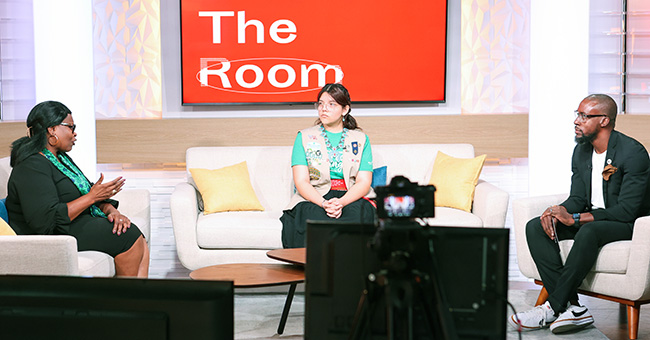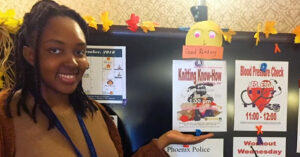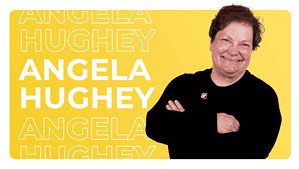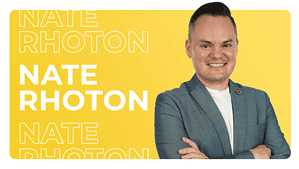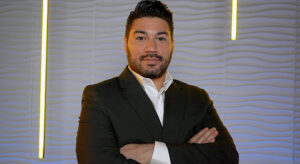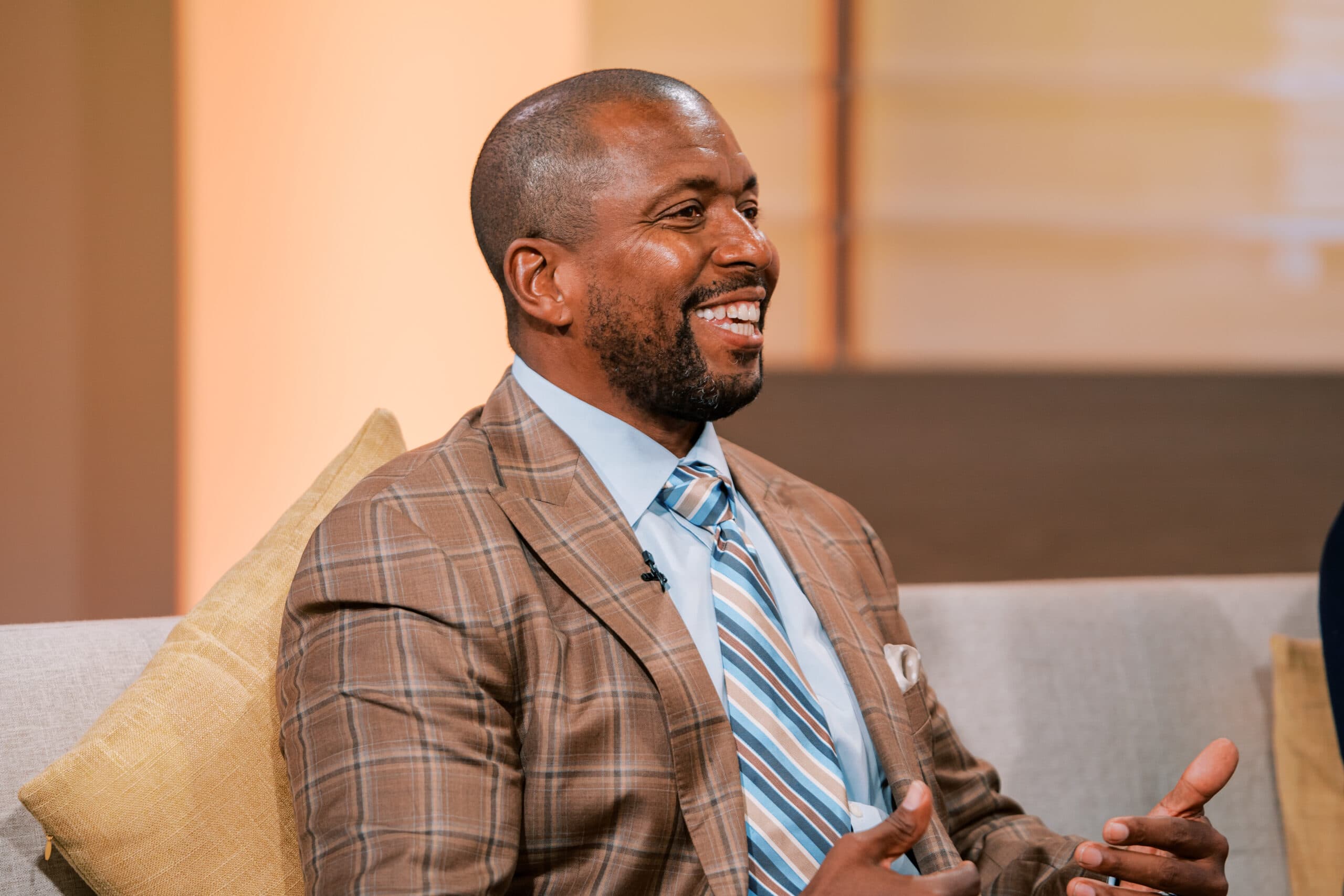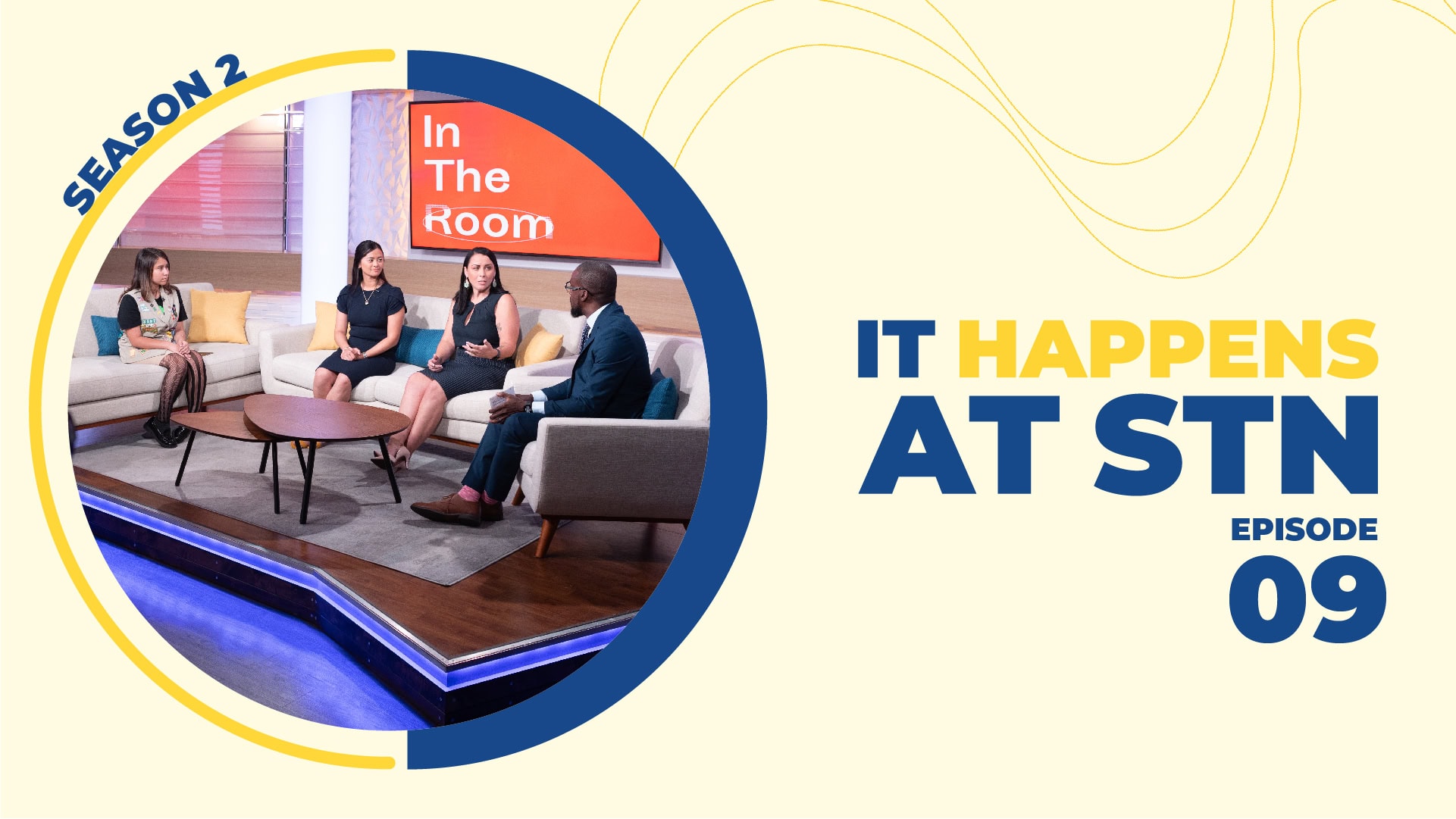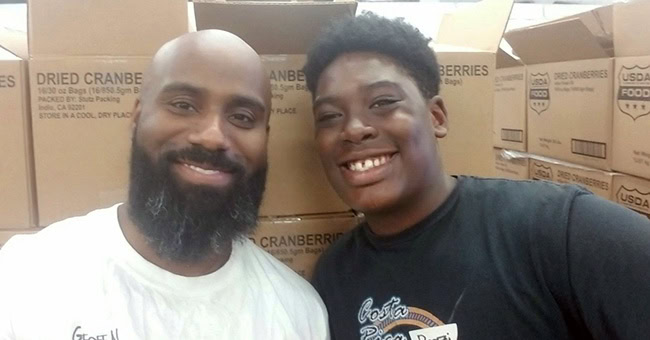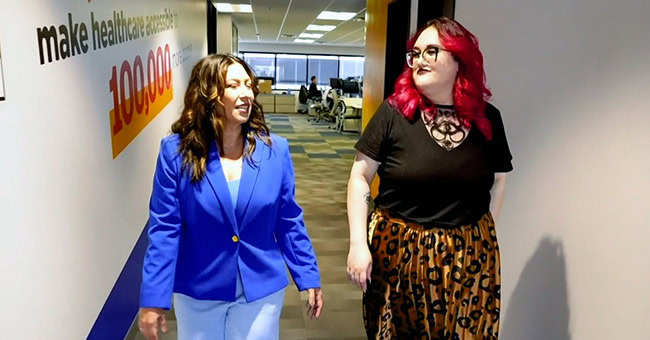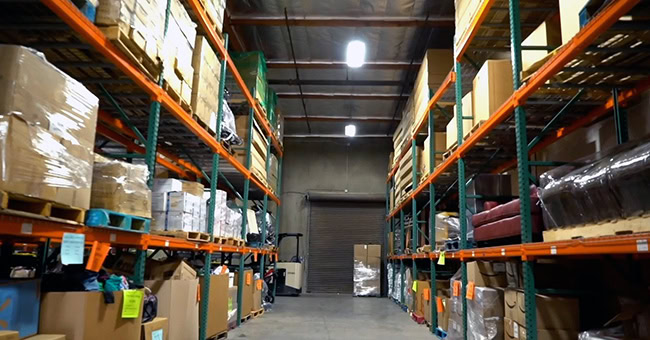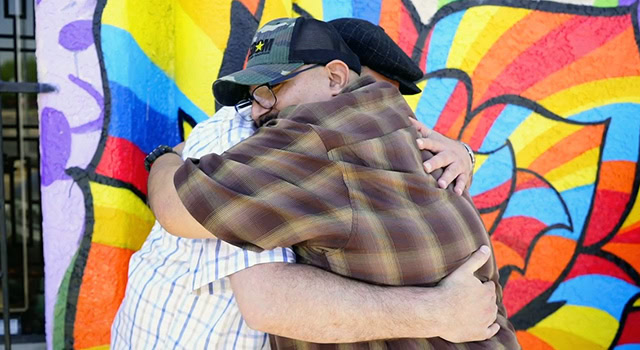As next generation of leaders is on the horizon, and the question arises: How can today’s leaders best prepare them to guide us into the future?
In the season premiere of In the Room, Girl Scouts Arizona-Cactus Pine Council co-CEO Mary Mitchell and Girl Scout Shiloh Saganey take the STN stage. They engage in a candid conversation about redefining traditional leadership structures and taking an honest look a how seasoned leaders of today can inspire and mentor the emerging leaders of tomorrow.
Watch the full discussion here:
The following transcript has been edited for length, clarity and context.
LLOYD HOPKINS:
Mary Mitchell, I’m beyond excited to be able to kick off this second season with you specifically on this panel and be working with you and Shiloh this season on this conversation, and for us to be talking about leadership today specifically.
One reason why I think it’s great to be having this conversation with the Girl Scouts Arizona Cactus-Pine Council is because the Girl Scouts is more than just cookies, which is really important. We all know the Girl Scouts are more than just cookies. You are also all about leadership.
So I want to kick this off by talking about the unique leadership structure that you all have at the Girl Scouts because, like Eric pointed out, you’re a co-CEO. You have a co-CEO Christina Spicer, and you both work together and run this organization. I think it’s such a great example of working together and how leadership can be collaborative. How did you guys come up with that approach?
MARY MITCHELL:
The first thing to think about is that today’s organizations are much more complex. Our board of directors is really wise to think about how we serve 75,000 square miles of incredibly unique jurisdiction with thousands of girls and thousands of volunteers, all with very unique needs.
I think the discovery was to be willing to be a trail trailblazer and to step out on the edge and try something new and different that may create a different level of impact that we had not seen before. Although we’ve seen great success in girl scouting, today’s world is calling for us to try new things and be different to rise to the occasion in ways in which we have not been called to do before.
“The more we can create spaces for young women and girls, for women to show up in ways that we know exist within them, we can have [an] incredible impact”
Mary Mitchell – co-CEO, Girl Scouts Arizona Cactus-Pine Council
So, they embarked on this idea of having a plan that would result in shared leadership, which is a pretty interesting, unique, and complex model in itself. It does allow us to move faster in many ways and to go deeper in many ways so that the impact is felt in ways that we haven’t had the ability to do before.
That allows us to have a longer-term approach in terms of what we want to see happen for girls in our jurisdiction.
LLOYD:
As a leader, one thing that I remember having a conversation with some folks about [is] generational transitions of power. Because sometimes you have the old guard that won’t relinquish power to a new generation of leadership. So with us having a budding leader sitting here on the stage with us, how do we create these spaces and cultivate young leadership? What does that look like at the Girl Scouts Arizona Cactus-Pine Council?
MARY:
The first thing to do is to think about the opportunity to have access to those unique leadership experiences. What’s really wonderful and incredible about our design is, as you opened with, Shiloh has been a girl advisory member on our board of directors. That’s a unique space to hear and listen to, “What are the strategic goals?” [and], “What are we up against in the environment?”
How do we use our resources, time, talent, and treasure in ways that impact not only Shiloh at the table but [also] the girls that she’s there representing? And what does it mean for her to discover [for] herself who she uniquely is around her own leadership while she sits at the table? How does she then connect with others? And understand how that leadership can impact or might even create incredible change in the world. And then connect with others and take action in the world as a leader.
I think that starts at a very early age. The more we can create spaces for young women and girls, for women to show up in ways that we know exist within them, we can have [an] incredible impact.
The first thing to do is to create that space and then ensure that it’s a place that has a sense of belonging, that she feels like her voice is heard, and that she feels like she belongs at the table.
It’s not something that’s so unique. She exists within the space and what she brings to the table actually leverages the impact that the organization is able to have, thus leveraging the impact that she’s able to have in the world.
LLOYD:
Shiloh, you’re a junior in high school. I have a high school teenager in my house and she acts like she knows everything. But, one thing I’m constantly talking to her about is that as much as you know, you always need room for mentorship and you always need to remind yourself, “You’re always still a student.”
So in this conversation about leadership, how do you seek out leadership? Who do you look to?
SHILOH SAGANEY:
I’ve been in Girl Scouts for about 10 years. So, I’ve had a great opportunity to have obviously many years to look for leadership. What I tend to look for is, [that] I love connecting with people. Just seeing who I can relate to and finding a leader or a person who knows how to fall because they know how to get up.
I love someone that I can respect and that they can give you that same respect back. It’s really refreshing to see, and honestly, I’m still going on that journey myself of finding who a correct leader is and how I can put that into who I want to be.
“Just seeing who I can relate to and finding a leader or a person who knows how to fall because they know how to get up.”
Shiloh Saganey – Girl Scout
LLOYD:
So insightful. I thought you were going to say you were born like this.
SHILOH:
You asked my mom, was I? (laughter)
LLOYD:
No, I do believe it is absolutely in you!
Mary, as an organizational leader, you encounter a lot of obstacles, [and] barriers. There’s going to be those moments where you fall down, you make a misstep, and there’s the whole idea of failing forward where you’re learning from those mistakes. What does that mean to you to fail forward?
MARY:
Shiloh just set up this idea of being able to fall. I think there’s something about falling well For me, what that means is that the opportunity to fail forward is to try new things. To have the will, to have the action to move into trying something new and different, and [to] understand that there are people and or structures there to help hold you up.
“…this failing forward is a really important thing because if we hadn’t tried new things in the world, we wouldn’t be where we are today.”
Mary Mitchell – co-CEO, Girl Scouts Arizona Cactus-Pine Council
I think we need to reassess how we think about what success is. I think the ability to sort of fail forward and then be centered in the understanding that this is not the way I wanted it to turn out, but there are lessons that have come forward for me and that it’s really okay that I had what others might see as failure, but for me, it might be the getting up is a success, the getting up and trying to start all over again and the will to do that. So I think this failing forward is a really important thing because if we hadn’t tried new things in the world, we wouldn’t be where we are today. Certainly in my life, I wouldn’t be where I am today if I wasn’t willing to step out on the edge and be willing to assess that there could be what the world might see as failure. But in many ways, it really is a success just to take the first step and to have a soft place to land and to get back up and try again.
LLOYD:
Absolutely. Shiloh, anything you want to add about failing forward? What does that mean to you?
SHILOH:
I agree with what Mary is saying. It’s good to have that foundation to fall on; feeling safe enough to fall and being able to grow from it.
LLOYD:
We have a room of leaders right here who are all looking at you right now, some whom are also watching us on the livestream. Don’t get nervous now, but what do you say to them to prepare for your generation? What do you think they need to know?
SHILOH:
Preparation-wise, prepare for war. (laughter)
No, I’m kidding.
“It’s time for change. It’s scary and it’s intimidating, but it has to happen. If it weren’t happening, it won’t ever happen”
Shiloh Saganey – Girl Scout
I’m lucky to see that my generation is very open-minded. We have many ideas that we’re ready and willing to share with you. Just be ready for that and be accepting of those ideas because we are so energized and impactful in what we want to do and how we want to create change in our communities.
It’s time for change. It’s scary and it’s intimidating, but it has to happen. If it weren’t happening, it won’t ever happen. So I think that’s all I want to say.


